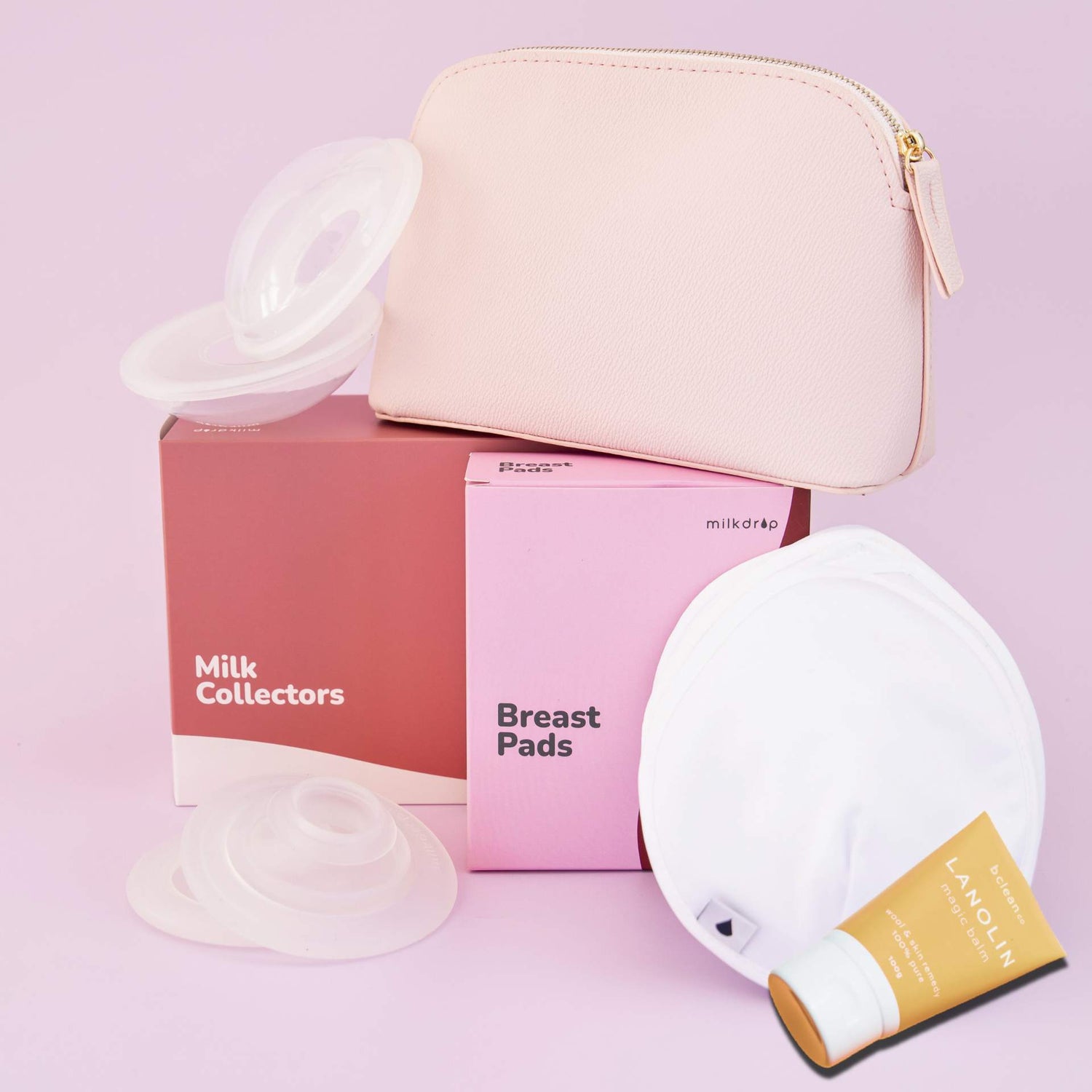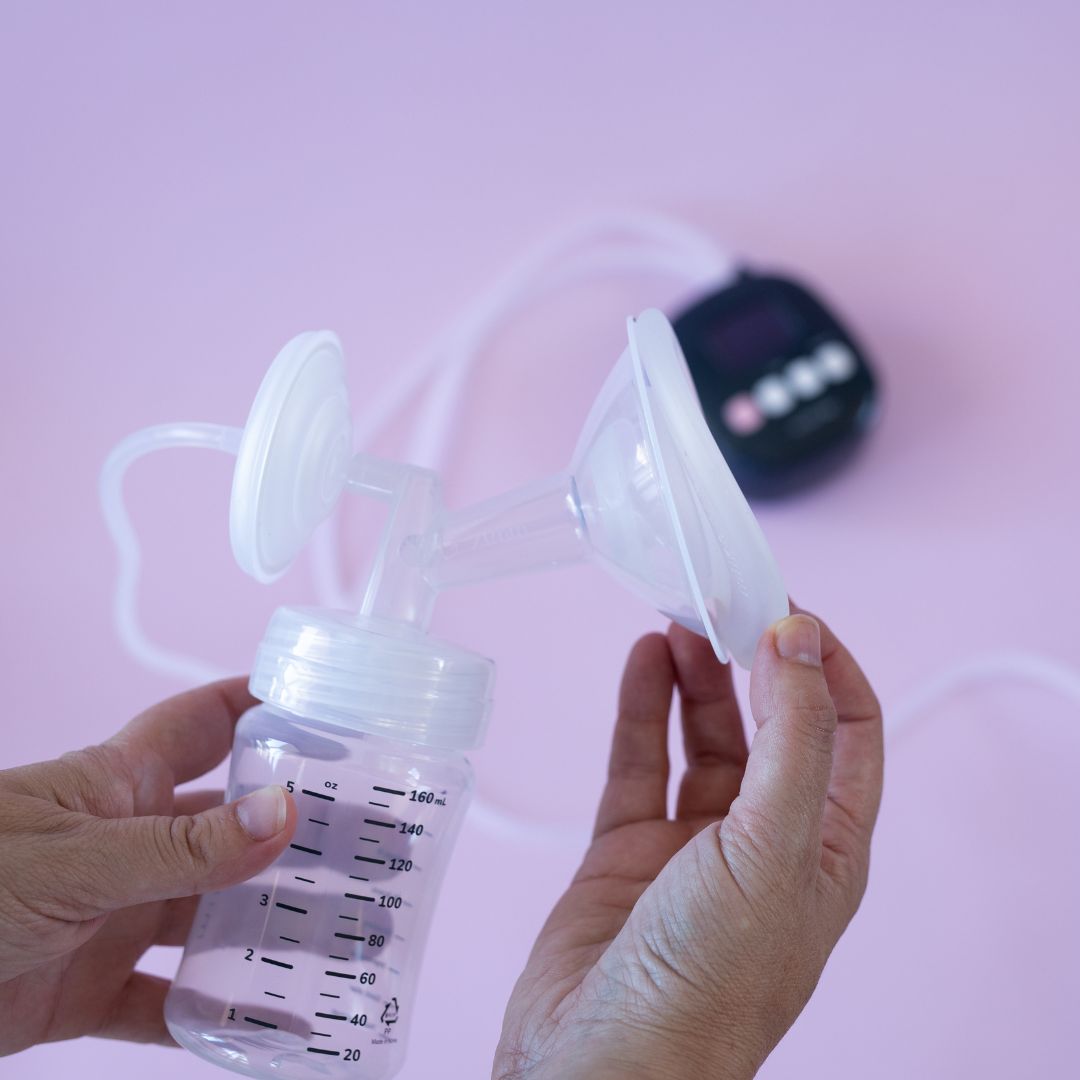Failure is encouraged in startup land (because it helps you learn), but that doesn’t mean you have to go into business blindly. The trend of “building in public” has helped me avoid some really common pitfalls, so I wanted to share my own mistakes to try to help others in the same way.
Here are five mistakes I’ve made (some of them more than once!) in building a health-tech, product based startup.
Forgetting that slow is fast.
While you *can* “move fast and break things”, rushing through the steps required to understand your big problem will slow you down in the long run. For Milkdrop, we needed to slow things down to better understand our customers in the US, so we launched our US pilot program. We asked a small group of our ideal customers to test our product and give us brutally honest feedback. While this meant we couldn’t bring Milkdrop to market as quickly as we might have wanted, we gained a much deeper understanding of our customers, and gathered vital feedback on everything from pricing, messaging, and product. This influenced how we launched in the US. Remember, slow is fast.
Procrastinating user testing.
There’s a reason why every accelerator and startup program in the world advocates for early user testing. Do it early and often, and, wherever possible, bring your ideal customer in to co-design the product with you. We did this with our pilot programs in both Australia and the US - as well as using my own lived experience (and my body!) to test our cushions as often as possible. ‘Co-design’ is a buzzword, but having someone on your team who understands the problem deeply will be super helpful in the long run, and will stop you trying to solve a problem that doesn’t exist (like these guys). If you’re a health- or med-tech and you can’t test the product early for safety/medical reasons, then test the problem behind your idea. In our case, we ran survey after survey, and spoke with hundreds of women who had pumped, lactation consultants, doctors, midwives, researchers and more, trying to understand exactly what people were going through when they used a breast pump. We asked people to tell us what the ideal experience of feeding their baby or expressing milk would feel like (not look like!). This helped us frame the problem better, ultimately resulting in a better market fit when we did launch, even if we couldn’t test a particular product because of regulations.
Pretending that price point doesn’t matter.

Of course you think your product is awesome, that’s why you’re making it. But no matter how awesome it is (and how much R&D or design effort and smarts you put into it) if it costs too much (and that’s all about customer perception), you’re not going to be able to sell it. Focus on your product, sure, but don’t forget to focus on viability and desirability. i.e. do people want your product AT A PRICE THEY WILL ACCEPT. This is a lesson we’ve learned the hard way in the US market, and while it stings when people comment ‘why does this cost so much for a piece of silicone?’ on a Facebook ad, it means we have to work harder to communicate why our piece of silicone is actually more cost-effective in the long run, how it works differently from anything else out there, and why it is worth the investment. Also, watch out for the difference between what people say they would want, and what they’re willing to pay for it. Australian-made is not so attractive when it’s 5x the price of non-Australian made.
Underestimating your MOQ (it’ll likely be thousands).
If you plan to make something from scratch (not pop your logo on someone else’s product, which is usually easier, lower risk and commercially smarter), then don’t underestimate the cash you’ll need. Our Milkdrop cushions require tooling (which is very expensive), and then we also have to ‘purchase’ a minimum order quantity (MOQ) on top of that. This can add up to hundreds of thousands of dollars. To be able to speak with investors or apply for grants to cover this large, upfront cost, make sure you’ve tested out the big risks or assumptions you’ve made about your problem/solution space early to de-risk your project. They’ll probably also want to see something that is “IP-protected”, which means you have a patent (which takes years), or have applied for one.
Asking friends for feedback.
Just don’t. Your friends love you, and want you to succeed, but they’re unlikely to give you the hard truths about your product you probably need to hear. Keep your friends for coffee and chats and emotional support. You’ll get a better product!
Anything you’d add to the list? Reach out to me at hello@milkdroppumps.com if you’d like to chat more about our failures and what we’ve learned from them!



